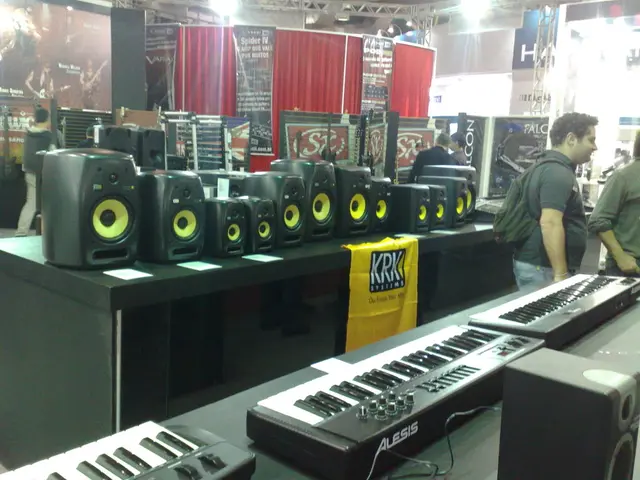Solar Electric Propulsion (SEP) Explained - Comprehensive Guide on Rockets and Propulsion Terminology
Solar Electric Propulsion (SEP) is a revolutionary propulsion system that is set to redefine the future of space travel. This innovative technology harnesses the power of the sun to generate electricity and power electric thrusters, propelling spacecraft forward with minimal emissions and waste products.
SEP operates by converting sunlight into electricity using solar panels, which powers an electric thruster. The electric thrusters in SEP use electric fields to accelerate ions or other propellant particles, creating thrust that propels the spacecraft forward. This mechanism allows SEP to operate for long durations, making it ideal for missions that require continuous thrust over extended periods of time.
One of the key advantages of SEP is its environmental friendliness. Unlike chemical propulsion systems, SEP does not produce harmful emissions or waste products, making it a more sustainable choice for space travel. Additionally, SEP has lower mass requirements, as electric thrusters are generally lighter than chemical engines. This means that spacecraft equipped with SEP can carry more payload, such as scientific instruments or cargo, on their missions.
SEP is particularly useful for missions that require long-duration thrust, such as missions to outer planets or interstellar space. Its high efficiency and long-duration capabilities make it well-suited for deep space exploration missions, satellite station-keeping, and cargo resupply missions to the International Space Station. SEP can achieve specific impulses several times higher than chemical rockets, allowing spacecraft to reach higher speeds using less propellant.
However, the large area of solar panels required for SEP can be a challenge for spacecraft with limited surface area. The efficiency of SEP comes from the fact that electric thrusters can operate continuously for long periods of time, providing a low but steady thrust that can gradually accelerate a spacecraft to high speeds. This continuous but lower thrust compared to chemical rockets makes SEP unsuitable for missions requiring rapid acceleration or large changes in velocity.
Despite this challenge, SEP is a promising technology for spacecraft propulsion due to its high efficiency and long-duration capabilities. The most recent project applying SEP is NASA's upcoming Artemis mission series, particularly Artemis 3 and beyond, intended for lunar exploration. NASA, the space agency responsible for these projects, is eager to leverage the benefits of SEP for space exploration and is looking forward to further advancements in this technology.
In conclusion, Solar Electric Propulsion is a game-changer in space travel, offering a more sustainable, efficient, and cost-effective means of propulsion for deep space missions. As technology continues to evolve, SEP is poised to play a significant role in our future space endeavours.
Read also:
- Peptide YY (PYY): Exploring its Role in Appetite Suppression, Intestinal Health, and Cognitive Links
- Toddler Health: Rotavirus Signs, Origins, and Potential Complications
- Digestive issues and heart discomfort: Root causes and associated health conditions
- House Infernos: Deadly Hazards Surpassing the Flames







